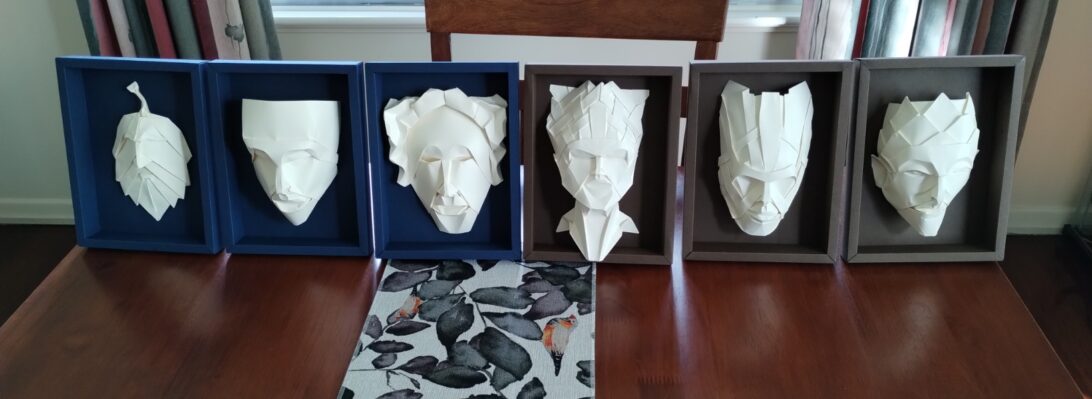I try not to let folds beat me, but honestly, until now this one has. I have attempted Eric Joisel’s ‘Le Coq” more that 6 times, this is really the only fold of it I am happy with:

Continuing to fold models that are part of a competition I was eliminated from is part of the motivation, but a “hidden” technique, published obscurely (not in my library) surfaced that allowed for a layered/ruffled breast and clarified the eye/comb and “bingo!”, I finally get it.

This model is folded from a 1m square of Officeworks Kraft paper, measures 20cm toe to comb, and is all attitude. One of our fondest memories of France was the bicycle tour to Giverny (Monet’s house) via Vernon. While in Vernon, looking for baguette and cider, we stumbled across a bric-a-brac store that had resin chooks – we fell in love with a rooster we subsequently bought, naming him “Vernon”.


















